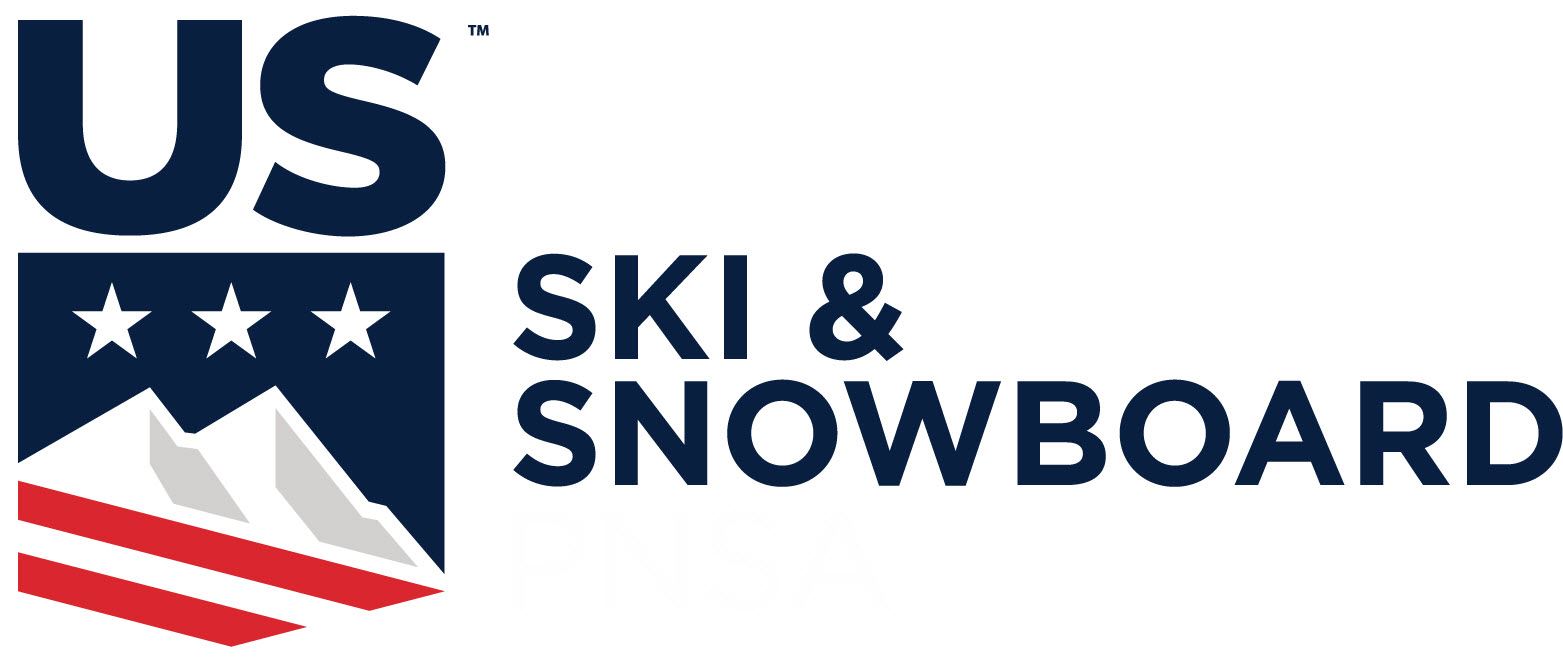Junior Racing: Points
(Updated from http://www.fwskiing.us/Competition/Points_explanation.htm)
When junior racers enter the U14 level, they become eligible to 'score' U.S. Ski & Snowboard (formerly USSA) points. To be eligible, they must have joined the U.S. Ski & Snowboard as a scored 'Competitor'.
Each new U14 will start the season with 990 points in each discipline (SL, GS, SG, DH, and SC). As they finish races, their points will be reduced.
The competitors 'points' will be used to determine their race start position. The lower the points, the earlier the start (except for the 15 competitor's with the lowest points). Competitors with 990 points will have their start position determined by a 'random draw', and will start after all the other competitors. The first 15 starts will go to the 'top 15' competitors (with the lowest points), who will also have their start position determined by a 'random draw'. The aim of this system is to give the best competitors a chance to run the race course early, before it gets too beaten up.
Every time a competitor finishes a race, their finish time is compared to the finish time of the winner, and multiplied by a factor (published by U.S. Ski & Snowboard - different for each discipline), to determine their 'race points'. The race winner automatically gets ZERO 'race points'.
This system would allow a competitor to lower their points considerably by finishing well in a race with a mediocre field; while the same competitor racing against Daron Rahlves, or Kristina Koznick would end up with very high points. To make the system fair, a 'race penalty' is added to each competitors 'race points'. This 'race penalty' is a complex calculation based on the starting and finishing points of the best competitors in the race. When racing against Daron Rahlves, the 'penalty' would be very low. The 'penalty' will be high when racing against mediocre competitors. The aim is to make the total of the 'race points' and 'penalty points' become the same, no matter whom the competitor is racing against. Details of the calculation methods for both 'race' points and 'penalty' points is explained in chapter three of the 'U.S. Ski & Snowboard Competition Guide - Alpine'.
U.S. Ski & Snowboard publishes a point list several times a year. Each competitor's 'points' are calculated by taking the average of their two best results (for each discipline). This means that a competitor will have different points for SL, GS, SG, and DH.
A competitor's race start position is determined by the points listed in the LAST U.S. Ski & Snowboard published list (NOT by the average of the latest best results). After each race, the points for all finishers are sent to U.S. Ski & Snowboard. U.S. Ski & Snowboard has a 'Closing' date a few days before each new list is published. They will take the points for all the races that all athletes have finished, up to the 'Closing' date, and use the best two results in each discipline to calculate an athlete's points for the new list. The new list will be published on the 'Valid' date. The 'Closing' and 'Valid' dates for each list can be found near the front of the 'U.S. Ski & Snowboard Competition Guide - Alpine'.
At the end of each race season, U.S. Ski & Snowboard adjusts the points of every racer in the US. This is because it is possible for the best in the US to get negative points, and the best in the US is supposed to have zero points. The adjustment is different for each discipline. Don't be surprised if the hard-won points reductions for this season are adjusted upward for next season.
A new U14 racer can get their points for a specific discipline (SL for example) off the 990 base, by competing in, and FINISHING at least one race before the 'Second Points List' closes - usually just after the New Year. This will get them a fair start position in all races of that discipline after the 'Second Points List' is valid. If only one race is finished, the list will contain the points earned in that race, plus an adjustment because only one race was finished.
The first season for a new U14 will be spent trying to COMPLETE two races in each discipline so that they will get fair starts in their later races. The points generally reduce rapidly at the start of a U14's racing career, but it becomes harder and harder to reduce points as the competitor's career progresses.
New U16 racers start this process again with FIS (International Ski Federation) points starting at 990. There are several FIS lists published each year, with the points of every racer in the world. FIS has different dates to the U.S. Ski & Snowboard - with the FIS list usually valid just before the U.S. Ski & Snowboard list closes.
For FIS races taking place within the United States, races are "dual scored". This means competitors in FIS races earn both FIS and U.S. Ski & Snowboard points. Each is calculated separately based on their own points list. The calculation of race points is the same, however, the FIS penalty and U.S. Ski & Snowboard penalty will almost always be different.
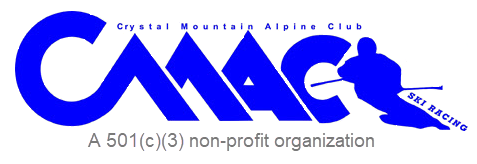



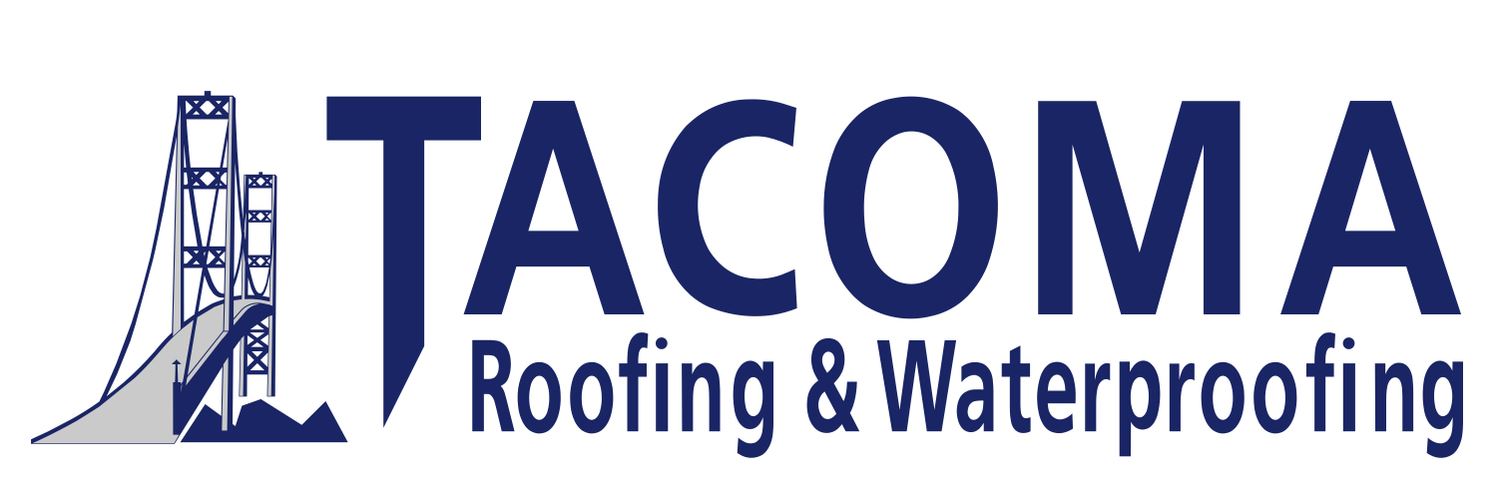


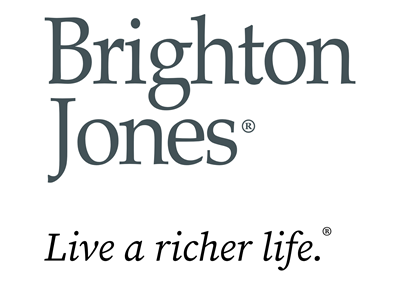

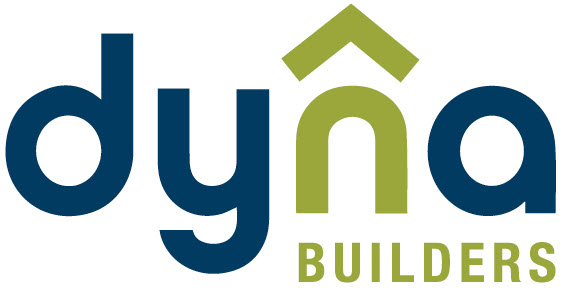











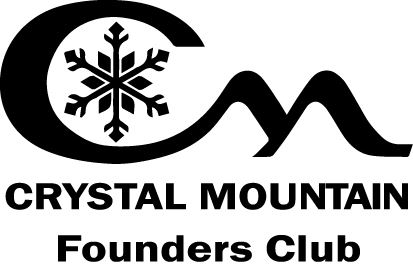

%20Logo.jpg)
